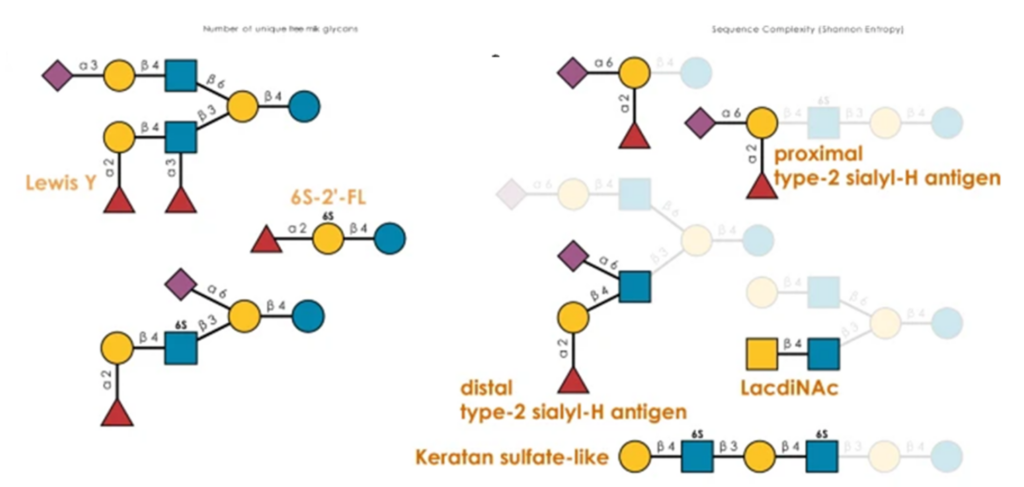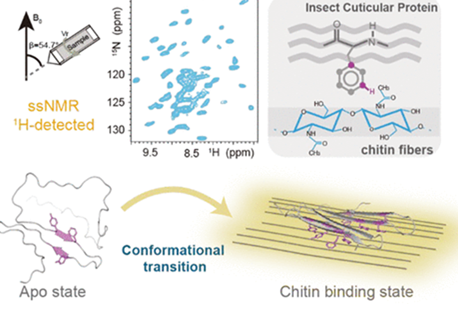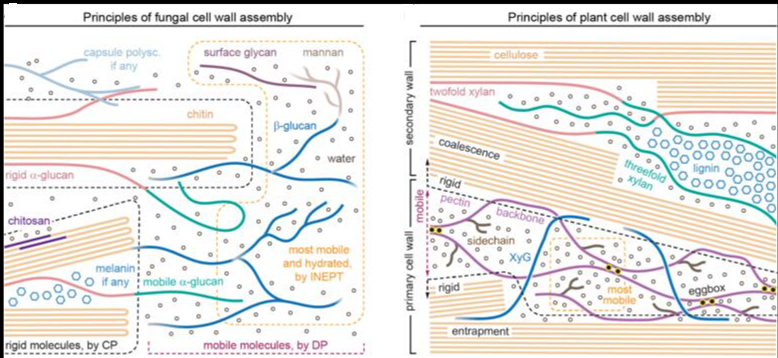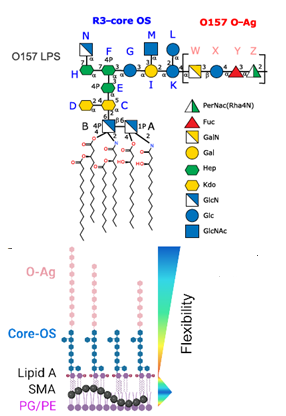The Gram-negative bacterium Paenalcaligenes hominis is increasingly prevalent in elderly individuals and is associated with cognitive decline and dysfunction of the gut-brain axis. In this study, the authors present a comprehensive structural characterization of P. hominis lipopolysaccharide (LPS), which is a key modulator of immune recognition and the main component of the bacterium’s outer membrane. They unveil a unique O-antigen characterized by a trisaccharide repeating unit containing rhamnose and glucosamine. This O-antigen displays non-stoichiometric O-acetylation and has a terminal methylated rhamnose capping the saccharide chain. Furthermore, they disclose a short core oligosaccharide and a Lipid A composed of pentacyclic to tetracyclic species. Notably, this LPS exhibits reduced activation of Toll-like receptor-dependent signaling compared to highly immunostimulatory Escherichia coli LPS, and it elicits a poor pro-inflammatory cytokine response. Furthermore, P. hominis LPS exhibits selective binding to immune lectins, including Ficolin-3 and Galectin-4. This raises the possibility that lectin-mediated recognition may represent an alternative route of immune engagement that could explain the altered immune responses observed in elderly individuals. These findings lay the groundwork for further exploration of the role of P. hominis LPS in microbiota-induced immune modulation and its potential impact on age-related inflammatory and neurodegenerative conditions.

/




